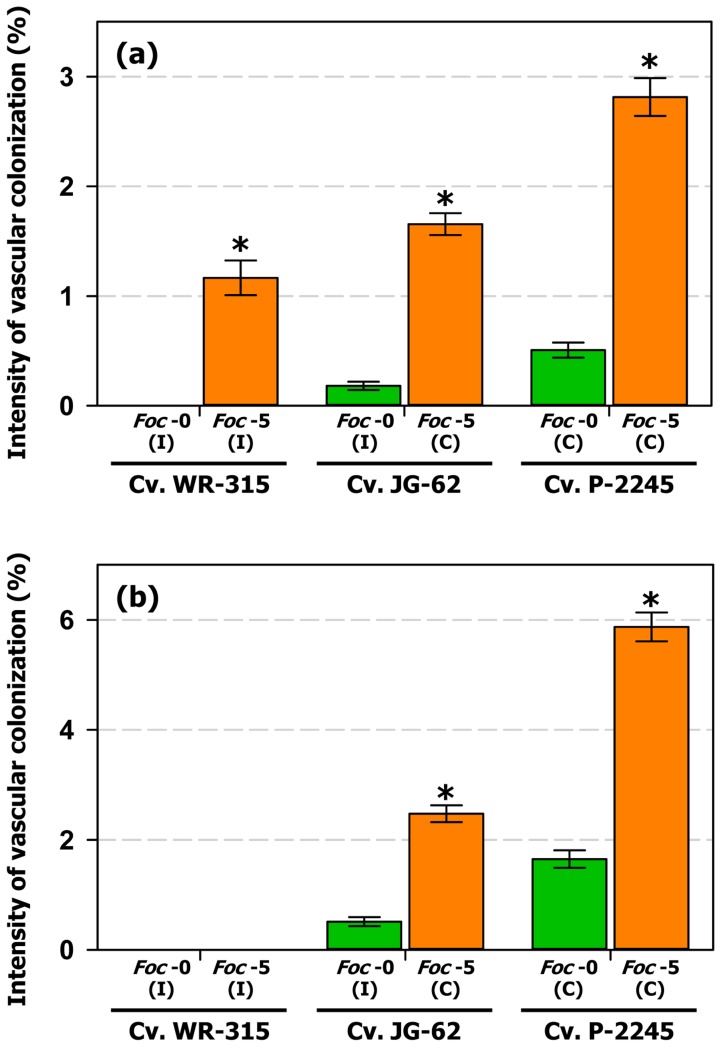Figure 6. Intensity of vascular colonization (ItCV) by races 0 and 5 of Fusarium oxysporum f. sp. ciceris at early and advanced stages of plant colonization.
(a) ItCV mean values at early stages of plant colonization, i.e., sampling times in which no disease symptoms develop in the compatible interactions. (b) ItCV mean values at advanced stages of plant colonization, i.e., at sampling times in which symptoms develop in compatible interactions. The Fusarium oxysporum f. sp. ciceris (Foc) isolates were transformed with the ZsGreen fluorescent protein. I: incompatible interaction; C: compatible interaction. Plants were sampled daily from 1 to 4 days after inoculation (dai), and at 2 days intervals from 6 to 18 (dai). Tissues sampled included: Root: lower and intermediate zone of the tap root; Hypocotyl and epicotyl: zones immediately before and after the insertion of cotyledons, respectively; Stem: internodes one to fifth of the main stem. There were four plants (two plants per pot) per F. oxysporum f. sp. ciceris race/chickpea cultivar combination analysed for each sampling time. The experiments were arranged in a randomized complete blocks design, and were repeated twice. For each sampled tissue, vascular colonization was assessed on four blocks with 20 cells (xylem vessels) per block, covering the entire vascular cylinder. Error bars indicate the standard error of the mean. Significant differences (P<0.05) between ItCV level reached at races 0 and 5 for each chickpea cultivar are indicated by an asterisk.

